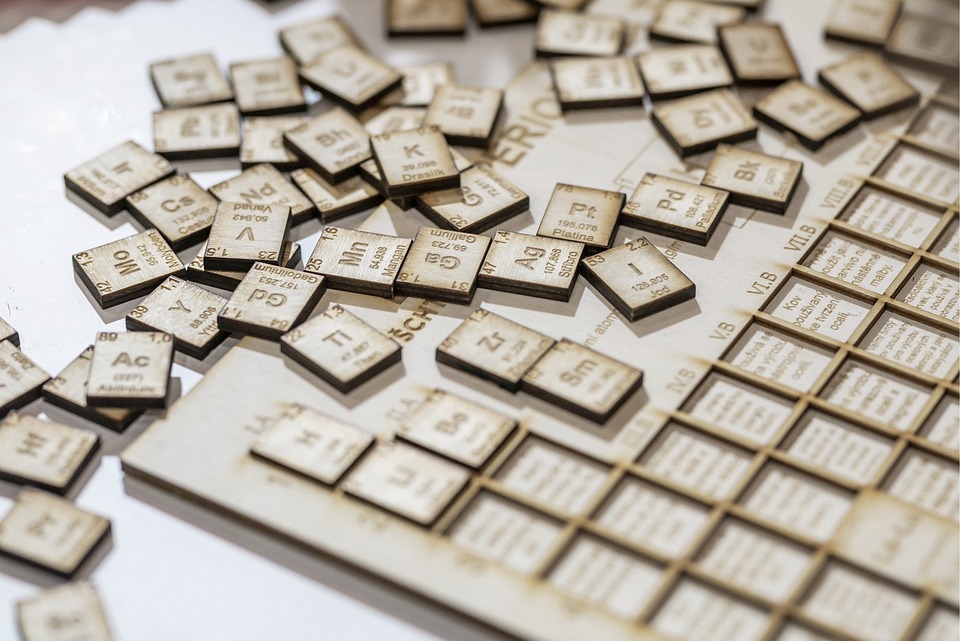
DNA damage can occur as a result of internal and external factors, such as exposure to ionizing radiation, ultraviolet (UV) light, certain chemicals, and errors during DNA replication. The consequences of DNA damage can range from simple base pair alterations to complex chromosomal rearrangements, and if not repaired properly, can lead to mutations and genomic instability. Therefore, cells have developed complex mechanisms of DNA damage detection and repair to maintain genomic integrity and prevent diseases such as cancer. In this essay, we will discuss the mechanisms of DNA damage and repair, and how they prevent mutations and maintain genome stability.
Mechanisms of DNA Damage:
Several types of DNA damage can occur, including single-strand breaks (SSBs), double-strand breaks (DSBs), base damage, and crosslinking. Here, we discuss some of the mechanisms by which these damages can occur:
Single-strand breaks (SSBs): SSBs result from the cleavage of a single strand of DNA, which can occur as a result of oxidative damage, exposure to certain chemicals or ionizing radiation. SSBs can cause replication fork stalling and trigger checkpoint responses that lead to cell cycle arrest or apoptosis.
Double-strand breaks (DSBs): DSBs are more severe than SSBs and can occur spontaneously or as a result of exposure to ionizing radiation or certain chemicals. They can also result from the collapse of replication forks, which can occur as a result of replication stress. DSBs can be repaired through two main pathways, non-homologous end joining (NHEJ) and homologous recombination (HR).
Base damage: Base damage can occur as a result of spontaneous hydrolysis or exposure to chemicals, such as alkylating agents. The most common type of base damage is the formation of oxidized bases, such as 8-oxoGuanine (8-oxoG). This type of damage can lead to replication errors and mutations.
Crosslinking: Crosslinking occurs when two or more bases become covalently linked, which can occur as a result of exposure to certain chemicals, such as platinum compounds. Crosslinking can cause replication fork stalling and trigger checkpoint responses that lead to cell cycle arrest or apoptosis.
Mechanisms of DNA Repair:
Cells have developed several mechanisms to detect and repair DNA damage, which can be broadly classified into two categories, direct repair and indirect repair. Direct repair mechanisms directly reverse the damage without excising the damaged base, whereas indirect repair mechanisms excise the damaged base and replace it with an undamaged nucleotide. Here, we discuss some of the mechanisms by which DNA is repaired:
Direct repair mechanisms:
a. Photoreactivation: This mechanism is used to repair UV-induced damage to DNA. The enzyme photolyase uses energy from visible light to break the covalent bonds between pyrimidine dimers, such as cyclobutane pyrimidine dimers (CPDs).
b. Alkyltransferases: This mechanism is used to repair alkylation damage, such as methylation of guanine bases. Alkyltransferases remove the alkyl group from the damaged base and transfer it to a cysteine residue within the protein, which results in the inactivation of the enzyme.
Indirect repair mechanisms:
a. Base Excision Repair (BER): This mechanism is used to repair base damage, such as the formation of 8-oxoG. The damaged base is excised by a specific glycosylase, which cleaves the N-glycosidic bond between the base and the sugar. The resulting apurinic/apyrimidinic (AP) site is then processed by endonucleases, which cleave the sugar-phosphate backbone at the 5’ and 3’ positions of the AP site. The resulting gap is then filled with a new nucleotide by DNA polymerase and sealed by DNA ligase.
b. Nucleotide Excision Repair (NER): This mechanism is used to repair bulky adducts, such as those formed by UV radiation or certain chemicals. The damage is recognized by a complex of proteins that then recruit endonucleases to make incisions on either side of the lesion. The resulting fragment containing the damaged nucleotide is removed, and the gap is filled with a new nucleotide by DNA polymerase and sealed by DNA ligase.
c. Mismatch Repair (MMR): This mechanism is used to repair errors that occur during DNA replication, such as misincorporation of nucleotides or strand slippage. MMR proteins recognize the mismatch and recruit endonucleases to excise the mismatched nucleotide. The resulting gap is then filled with a new nucleotide by DNA polymerase and sealed by DNA ligase.
d. Double-Strand Break Repair:
i. Non-Homologous End Joining (NHEJ): This mechanism is used to repair DSBs that occur throughout the cell cycle. NHEJ involves the direct ligation of the broken ends of DNA by a complex of proteins, which can result in loss of nucleotides or the joining of non-complementary ends.
ii. Homologous Recombination (HR): This mechanism is used to repair DSBs that occur during S-phase when a sister chromatid is available as a template for repair. HR involves the invasion of the broken end into the homologous sequence of the sister chromatid, followed by the synthesis of new DNA using the sister chromatid as a template.
Role of DNA Repair in Preventing Mutations and Maintaining Genome Stability:
The maintenance of genome stability is crucial for the survival and proliferation of cells. Mutations, which can result from unrepaired DNA damage, can cause a range of diseases, including cancer. DNA repair mechanisms ensure that DNA damage is detected and repaired promptly to prevent the accumulation of mutations and maintain genome stability. Failure to repair DNA damage properly can lead to mutations that can result in genomic instability, cell death, or the development of cancer.
For example, defects in the NER pathway can result in xeroderma pigmentosum, a rare disease characterized by increased sensitivity to UV radiation, leading to a high incidence of skin cancer. Similarly, defects in the MMR pathway can result in hereditary non-polyposis colorectal cancer, a familial form of colon cancer.
In conclusion, DNA damage can occur as a result of internal and external factors, and if not repaired properly, can lead to mutations and genomic instability. Cells have developed complex mechanisms of DNA damage detection and repair to maintain genomic integrity and prevent diseases such as cancer. The mechanisms of DNA repair discussed above, such as direct repair, base excision repair, nucleotide excision repair, mismatch repair, and double-strand break repair, play a critical role in preventing mutations and maintaining genome stability. Understanding these mechanisms is essential for the development of novel cancer therapies and the prevention and treatment of genetic diseases.







